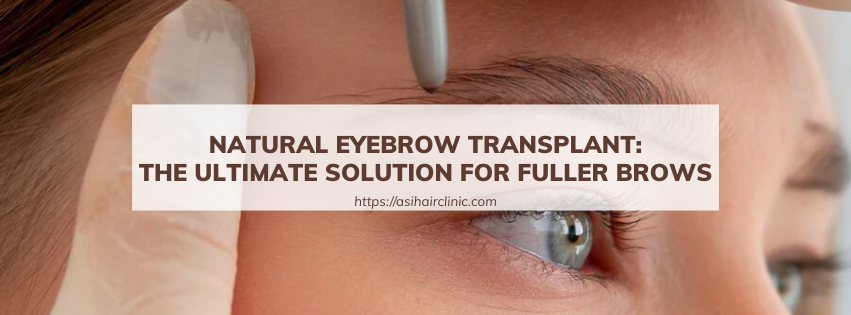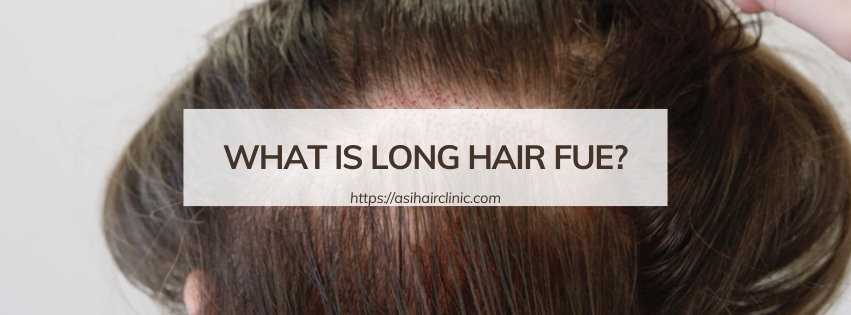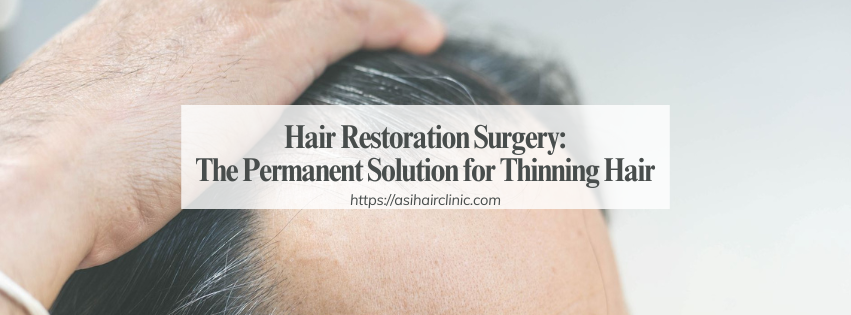What Is the Difference Between Fut and Fue Hair Transplants?
Among the various hair transplant procedures available, Follicular Unit Transplantation (FUT) and Follicular Unit Extraction (FUE) are the two most prevalent techniques. While both aim to achieve the same outcome - a thicker, fuller head of hair - they differ considerably in their surgical approach, recovery process, and overall results. In this comprehensive guide, Aesthetic Hair Restoration will delve deep into the intricacies of FUT and FUE hair transplants, providing you with a thorough understanding of their differences, advantages, and disadvantages. By shedding light on the intricacies of each technique, you will be empowered to make an informed decision that aligns with your individual needs and expectations.
Understanding FUT (Follicular Unit Transplantation)
Also known as the strip method, FUT involves the surgical removal of a strip of scalp from the donor area, usually the back of the head. This strip, rich in hair follicles, is then dissected into individual grafts under a microscope, with each containing one to four hairs. These grafts are meticulously implanted into the recipient area, creating the desired hair growth pattern. Here are some key points to know about FUT hair transplants:
Surgical Procedure
The FUT procedure begins with the surgeon marking the donor and recipient areas and administering local anesthesia to numb the scalp. Once the area is sufficiently numbed, a strip of scalp measuring approximately 1-1.5cm in width and 15-30cm in length is removed using a scalpel. The wound is then sutured, leaving a linear scar that can be easily hidden by surrounding hair.
Next, the strip of scalp is divided into individual grafts under a microscope by a team of trained technicians. This process ensures that the grafts are intact and contain healthy hair follicles. The number of grafts required depends on the patient's extent of hair loss and desired coverage. Once the grafts are ready, the surgeon makes tiny incisions or recipient sites in the balding or thinning area, where the grafts will be implanted.
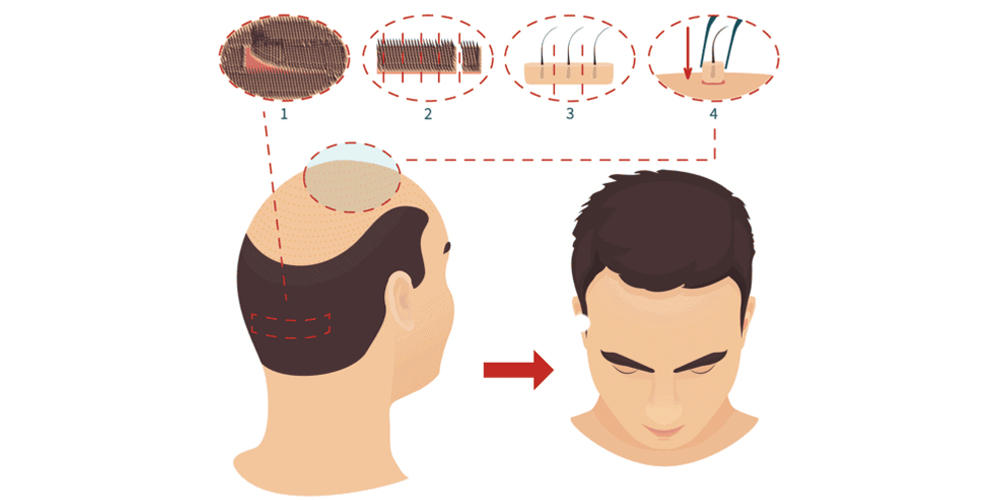
Recovery Process
Due to the nature of the surgery, the recovery process for FUT hair transplants may take longer compared to other procedures. The stitches on the donor area need to stay in place for about 10-14 days, after which they are removed by the surgeon. Patients may experience mild discomfort and soreness in the donor area, which can be managed with pain medication prescribed by the surgeon.
The newly transplanted hair usually falls out within the first few weeks, making room for new hair growth. By the third month, patients start to see new hair growth, which continues to improve over the next 6-9 months. However, it may take up to a year for the full results to be visible. During this time, patients are advised to avoid strenuous physical activities and follow post-operative care instructions provided by their surgeon.
Advantages of FUT Hair Transplants
- Greater yield of grafts: FUT hair transplant can yield a larger number of grafts compared to other techniques, making it suitable for patients with extensive hair loss.
- Cost-effective: FUT is generally more cost-effective since it involves removing a strip of scalp and dissecting it into smaller grafts, reducing the time and effort required.
- Natural-looking results: Since the grafts are extracted from a single donor area, the hair growth pattern tends to look more natural.
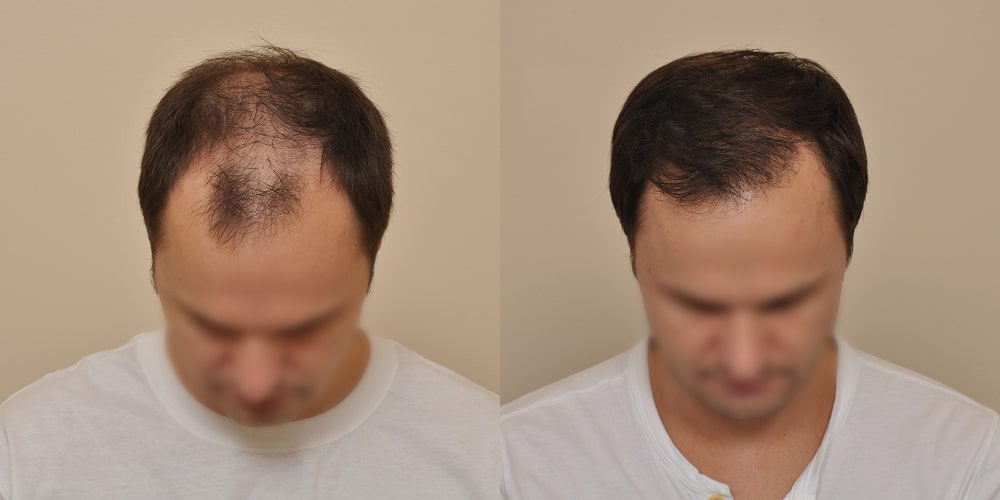
Disadvantages of FUT Hair Transplants
- Visible scarring: The linear scar on the donor area can be visible if the surrounding hair is not long enough to cover it.
- Longer recovery time: Due to the need for stitches and longer healing time, the recovery process may take longer compared to other procedures.
- More invasive: FUT is a more invasive procedure compared to FUE, as it involves surgically removing a strip of scalp.
Understanding FUE (Follicular Unit Extraction)
Follicular Unit Extraction (FUE) is a minimally invasive hair transplant technique that involves the extraction of individual hair follicles directly from the donor area. Unlike FUT, there is no need for a strip of scalp to be removed, making it less invasive and resulting in minimal scarring. Here are some key points to know about FUE hair transplants:
Surgical Procedure
The FUE procedure begins with the surgeon shaving the donor area, usually the back of the head, to facilitate the extraction of individual hair follicles. Local anesthesia is then administered to numb the scalp, and using a micro punch tool, the surgeon extracts individual hair follicles. These follicles are then carefully examined and prepared for implantation.
Once the follicles are ready, the surgeon makes tiny incisions or recipient sites in the balding or thinning area, where the grafts will be implanted. The extracted follicles are then meticulously placed into these recipient sites, creating a natural-looking hair growth pattern. The number of grafts required depends on the patient's extent of hair loss and desired coverage.
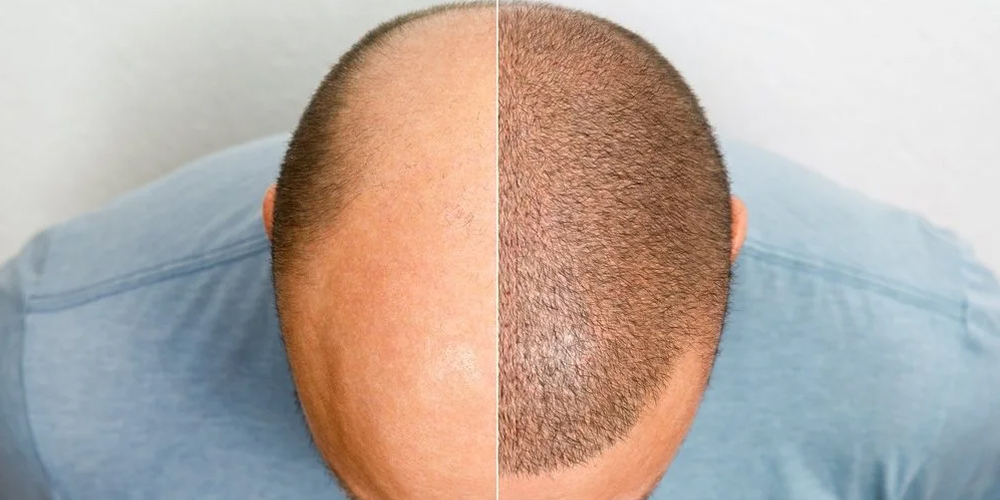
Recovery Process
The recovery process for FUE hair transplants is shorter compared to FUT, as there are no stitches involved. Patients may experience mild discomfort and soreness in the donor area, which can be managed with pain medication prescribed by the surgeon. The newly transplanted hair usually falls out within the first few weeks, making room for new hair growth. Similar to FUT, patients can expect to see new hair growth by the third month, with full results visible in 6-9 months.
Advantages of FUE Hair Transplants
- Minimal scarring: Since there is no need for a strip of scalp to be removed, scarring is minimal and not visible, even with shorter hair.
- Quicker recovery time: As there are no stitches involved, the recovery process is shorter compared to FUT.
- Less invasive: FUE is a less invasive procedure compared to FUT, as it does not involve surgically removing a strip of scalp.
Disadvantages of FUE Hair Transplants
- Higher cost: FUE is generally more costly compared to FUT, as it involves extracting individual hair follicles.
- Lower yield of grafts: FUE may not yield as many grafts as FUT, making it more suitable for patients with mild to moderate hair loss.
- Longer surgery time: Due to the individual extraction and placement of follicles, the surgical process may take longer compared to other techniques.
Comparing FUT and FUE Hair Transplants
Now that we have an understanding of how FUT and FUE hair transplants differ in their surgical approach and recovery process, let's compare them side by side:
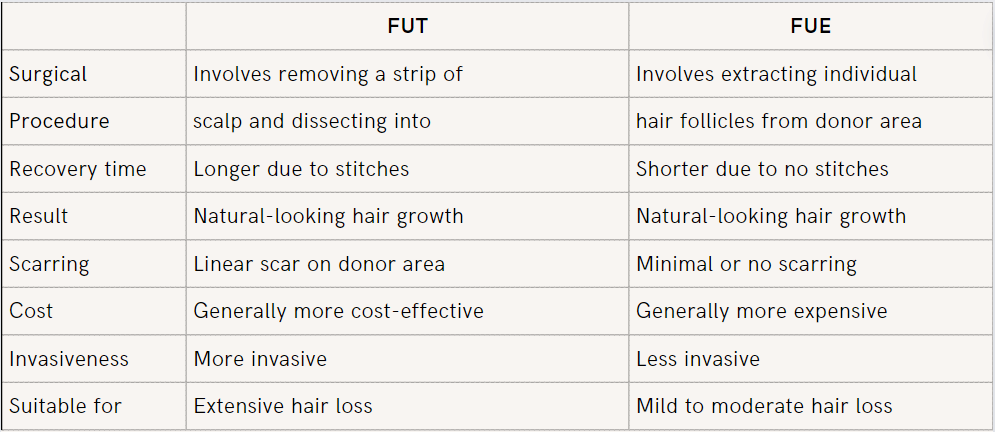
FUT vs. FUE: Which Is Right for You?
When deciding between FUT and FUE hair transplants, there are several factors to consider, including the extent of hair loss, budget, and desired results. Here are some key questions to ask yourself before making a decision:
- How much hair loss do you have? If you have extensive hair loss, FUT may be a more suitable option, as it can yield a larger number of grafts.
- What is your budget? FUT is generally more cost-effective compared to FUE, which may be a factor to consider when choosing a procedure.
- Do you prefer a shorter recovery time? If you are looking for a quicker recovery process, FUE may be a better choice, as there are no stitches involved.
- How concerned are you about scarring? If you prefer minimal scarring, FUE may be a better option, as it involves no linear scar like FUT.
- Do you want a natural-looking result? Both techniques can produce natural-looking hair growth, but FUE may have a slight advantage due to individual placement of follicles.
Ultimately, the decision boils down to what is best for you, based on your individual needs and expectations. Consulting with an experienced surgeon is crucial in determining the most suitable approach for your unique situation.
Conclusion
In conclusion, FUT and FUE hair transplants are two of the most popular techniques for hair restoration, each with its advantages and disadvantages. While FUT is known for yielding a larger number of grafts and being more cost-effective, FUE is less invasive and results in minimal scarring. The suitability of each technique depends on the individual's needs and expectations, making it essential to consult with a qualified surgeon before making a decision. Whichever technique you choose, one thing is certain - you can achieve a thicker, fuller head of hair and boost your self-esteem and confidence with the help of modern hair transplant techniques.
LATEST POSTS




